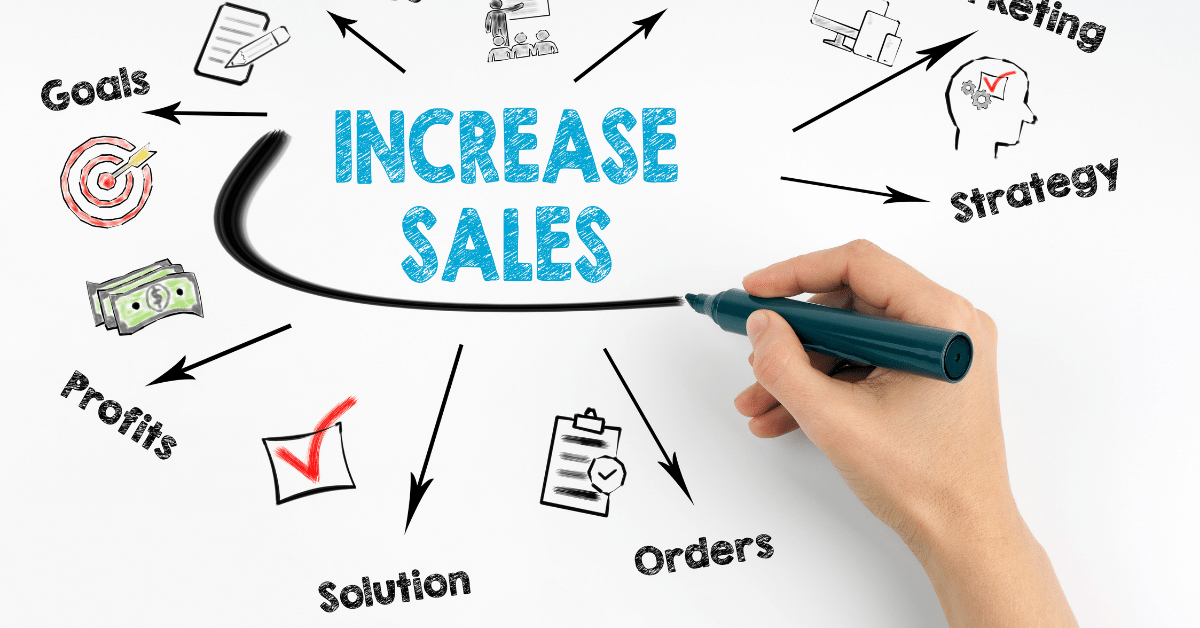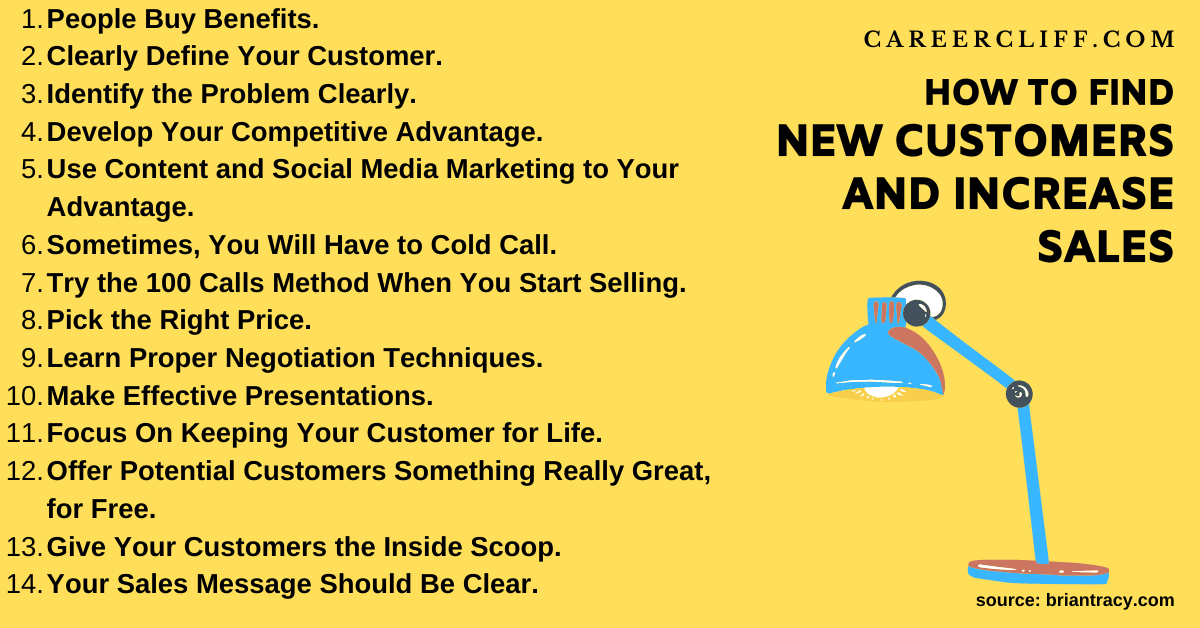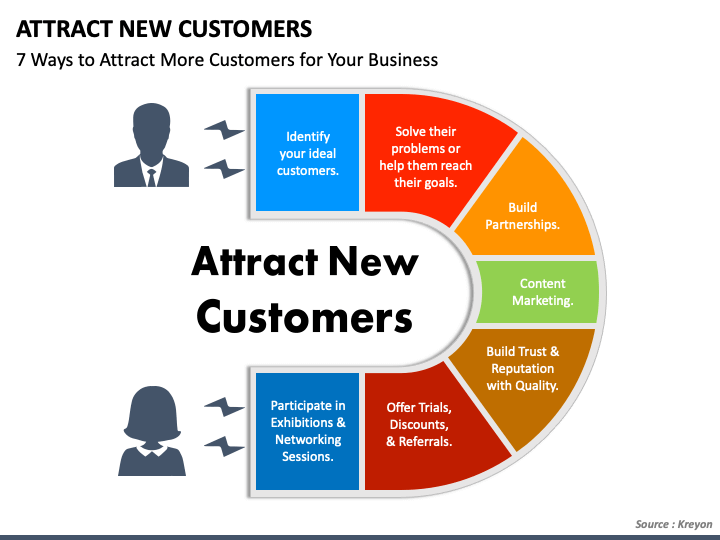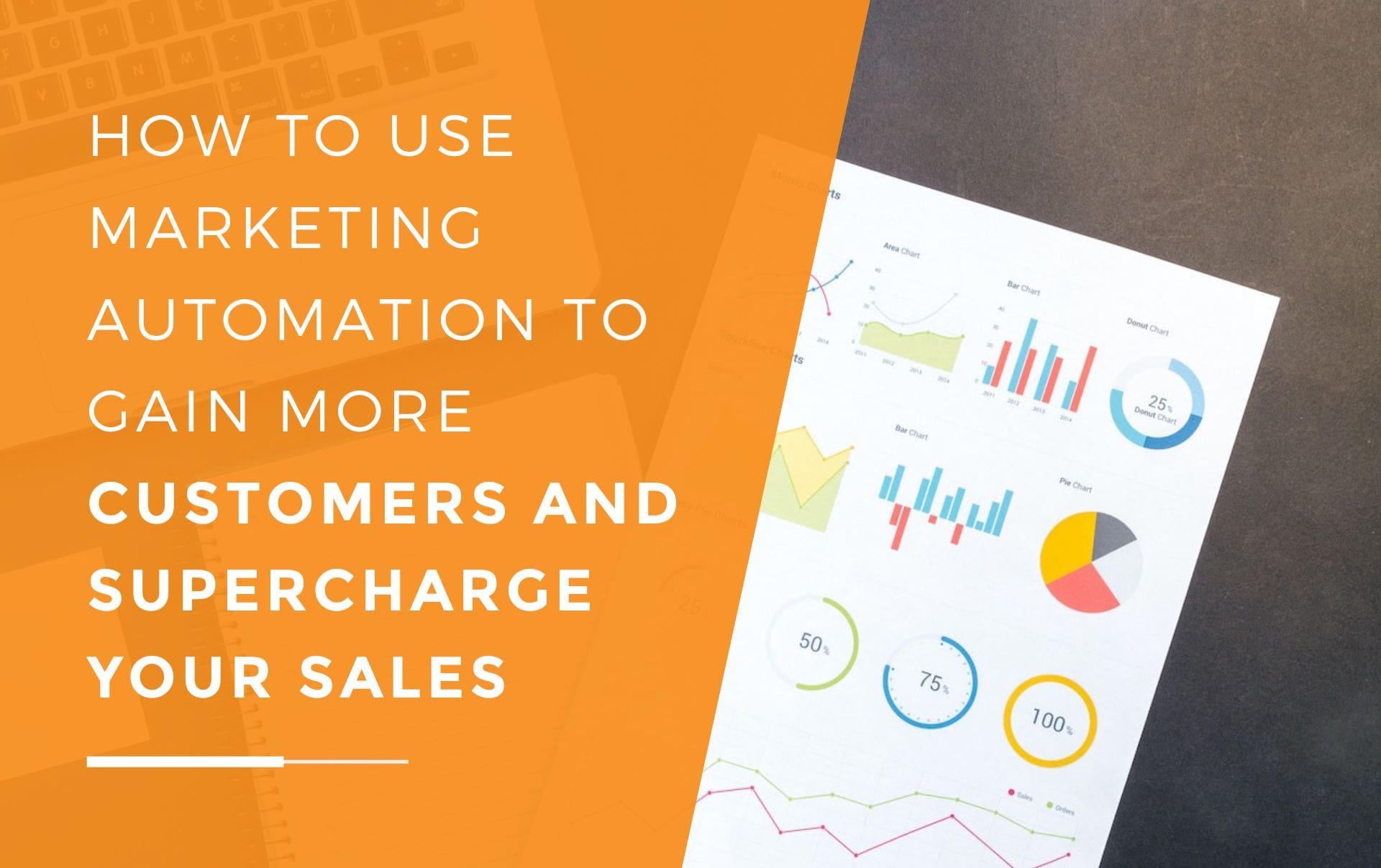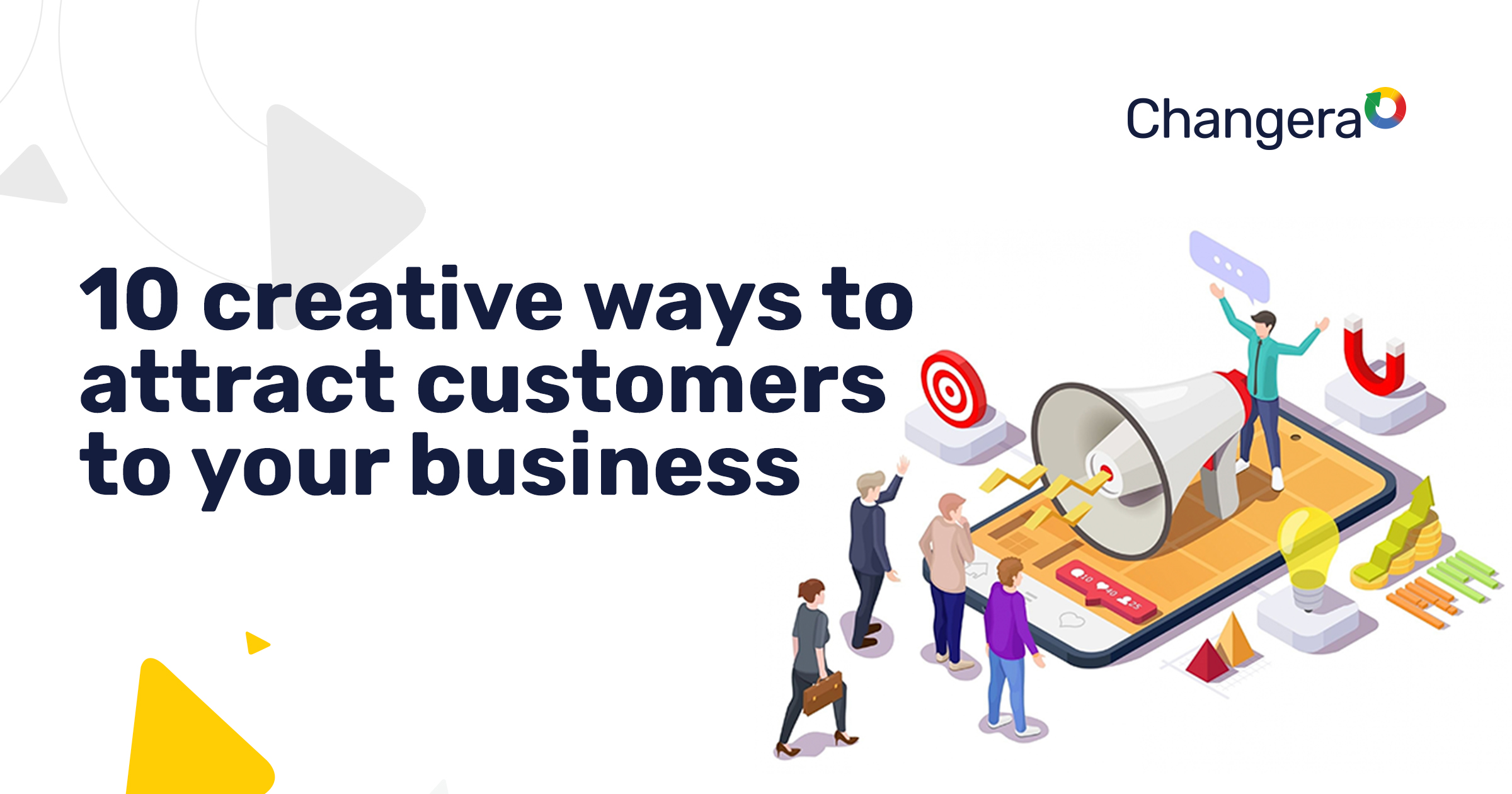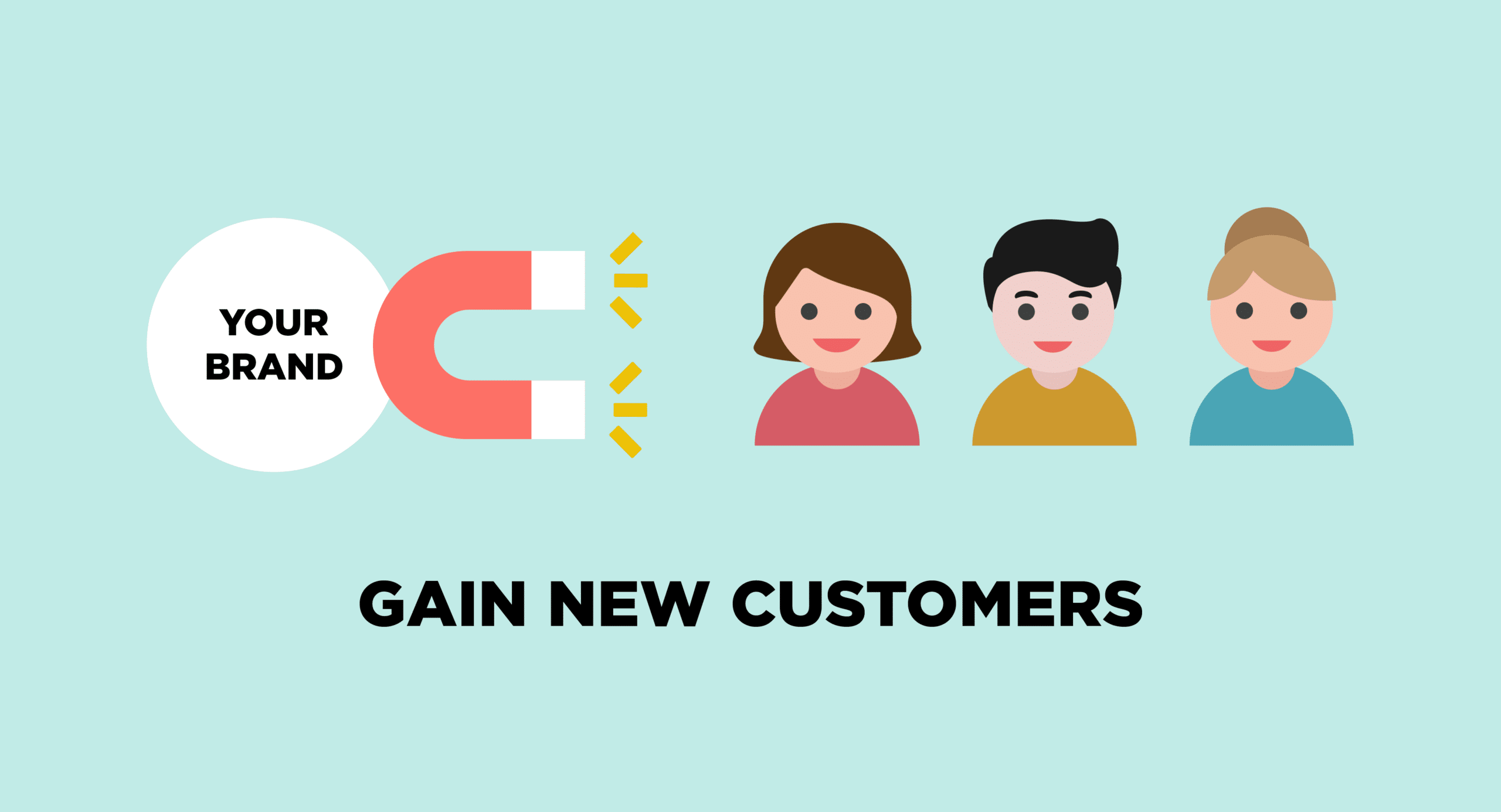How To Gain More Customers In A Small Business

In today's fiercely competitive market, small business owners face a constant battle: attracting and retaining customers. The digital landscape is rapidly evolving, and traditional marketing methods are often insufficient to reach the right audience. This has created a pressing need for innovative and cost-effective strategies to boost customer acquisition.
This article will delve into actionable methods that small businesses can implement to gain more customers. Drawing on industry best practices and expert advice, we'll explore how to leverage digital marketing, enhance customer experience, and build a strong brand reputation.
Understanding Your Target Audience
Before launching any marketing campaign, it is crucial to deeply understand your ideal customer. Market research is essential. Identify their demographics, interests, and pain points to tailor your messaging effectively. Without a clear understanding of your audience, marketing efforts can become scattered and ineffective.
Surveys, focus groups, and analyzing existing customer data can provide valuable insights. Use tools like Google Analytics to track website traffic and identify popular content. Social media listening tools can also help you understand customer sentiment and trends.
Leveraging Digital Marketing
A strong online presence is no longer optional; it's essential for small businesses. Digital marketing encompasses various tactics, including search engine optimization (SEO), social media marketing, and email marketing. Each of these offers unique opportunities to reach potential customers.
Search Engine Optimization (SEO)
SEO involves optimizing your website to rank higher in search engine results pages (SERPs). This increases organic traffic to your website. It is a cost-effective way to attract customers actively searching for your products or services.
Keyword research is a crucial component of SEO. Identify the keywords your target audience is using to find businesses like yours. Utilize these keywords in your website content, meta descriptions, and image alt text.
Social Media Marketing
Social media platforms offer unparalleled opportunities to connect with your target audience. Build a strong presence on platforms where your customers spend their time. Share valuable content, engage in conversations, and run targeted advertising campaigns.
Different platforms cater to different audiences. LinkedIn is ideal for reaching professionals. Instagram is great for visually appealing content. Facebook remains a powerful tool for reaching a broad audience.
Email Marketing
Email marketing remains a powerful tool for nurturing leads and driving sales. Build an email list by offering valuable content or incentives in exchange for email addresses. Segment your audience to send targeted messages based on their interests and behavior.
Personalized emails have higher open rates and click-through rates. Use email automation tools to send welcome emails, birthday greetings, and promotional offers. Regularly analyze your email marketing metrics to optimize your campaigns.
Enhancing Customer Experience
A positive customer experience is crucial for building loyalty and generating referrals. Exceptional customer service can set you apart from the competition. Investing in training your employees to provide excellent support is a worthwhile endeavor.
Make it easy for customers to reach you through multiple channels. Respond promptly to inquiries via phone, email, and social media. Go the extra mile to resolve issues and exceed customer expectations.
Collect customer feedback regularly through surveys and reviews. Use this feedback to identify areas for improvement and enhance your products or services. Actively address negative reviews to demonstrate your commitment to customer satisfaction.
Building a Strong Brand Reputation
A strong brand reputation is built on trust and credibility. Focus on delivering consistent quality and value. Encourage satisfied customers to leave reviews and testimonials. These serve as social proof and can influence potential customers.
Participate in community events and support local causes. This demonstrates your commitment to the community and enhances your brand image. Partner with other local businesses to cross-promote each other and reach a wider audience.
Monitor your online reputation regularly. Respond to online reviews and address any negative comments promptly and professionally. Cultivate a positive online presence by sharing valuable content and engaging with your audience.
The Future of Customer Acquisition
The customer acquisition landscape is constantly evolving. Emerging technologies like artificial intelligence (AI) and augmented reality (AR) are creating new opportunities for businesses to engage with customers. Staying ahead of the curve is essential for long-term success.
Personalization will become even more important. Customers expect brands to understand their individual needs and preferences. Businesses that can deliver personalized experiences will have a competitive advantage.
By staying adaptable, focusing on customer needs, and leveraging technology, small businesses can thrive in the ever-changing world of customer acquisition.
Small businesses must continually adapt their strategies to stay competitive. By focusing on understanding their target audience, leveraging digital marketing, enhancing customer experience, and building a strong brand reputation, they can attract and retain more customers. The key is to be proactive, innovative, and customer-centric.
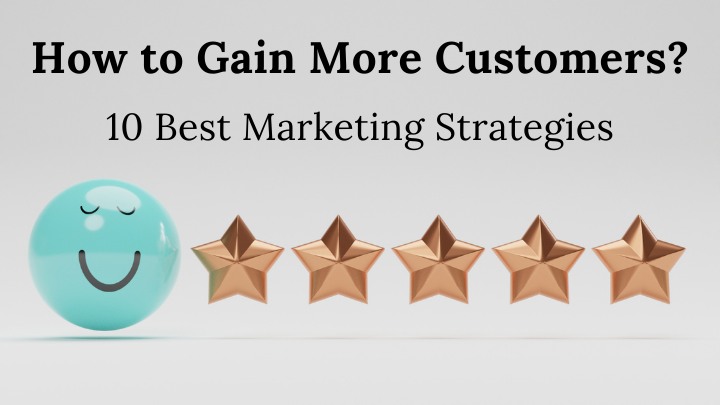

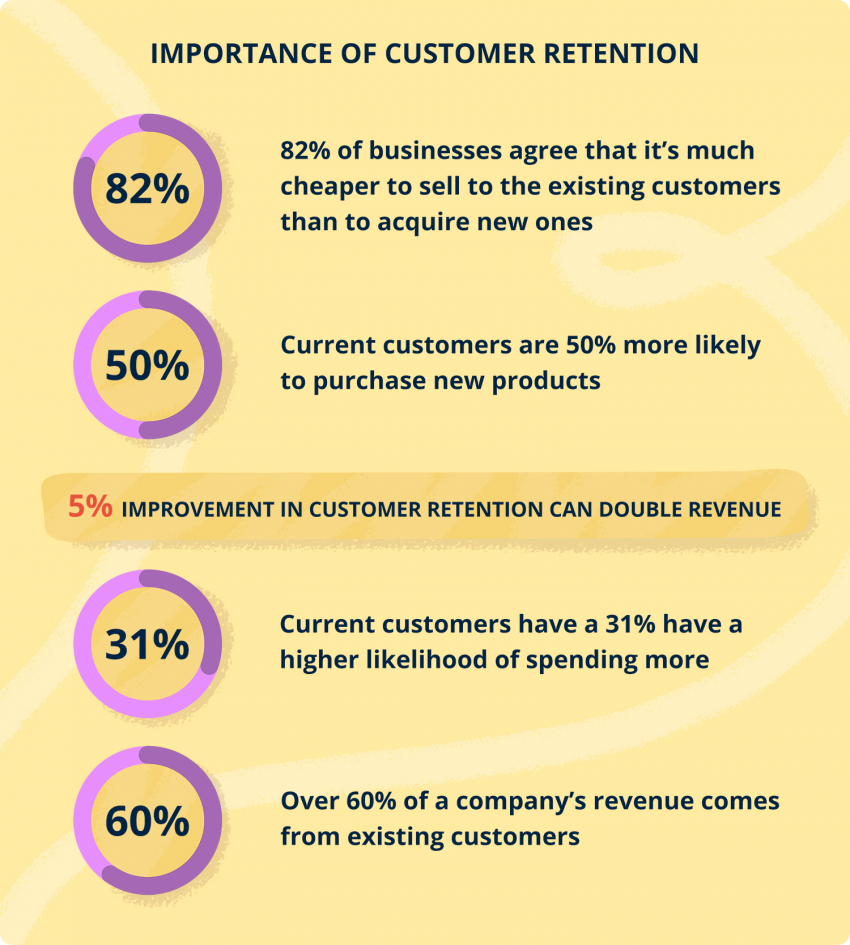
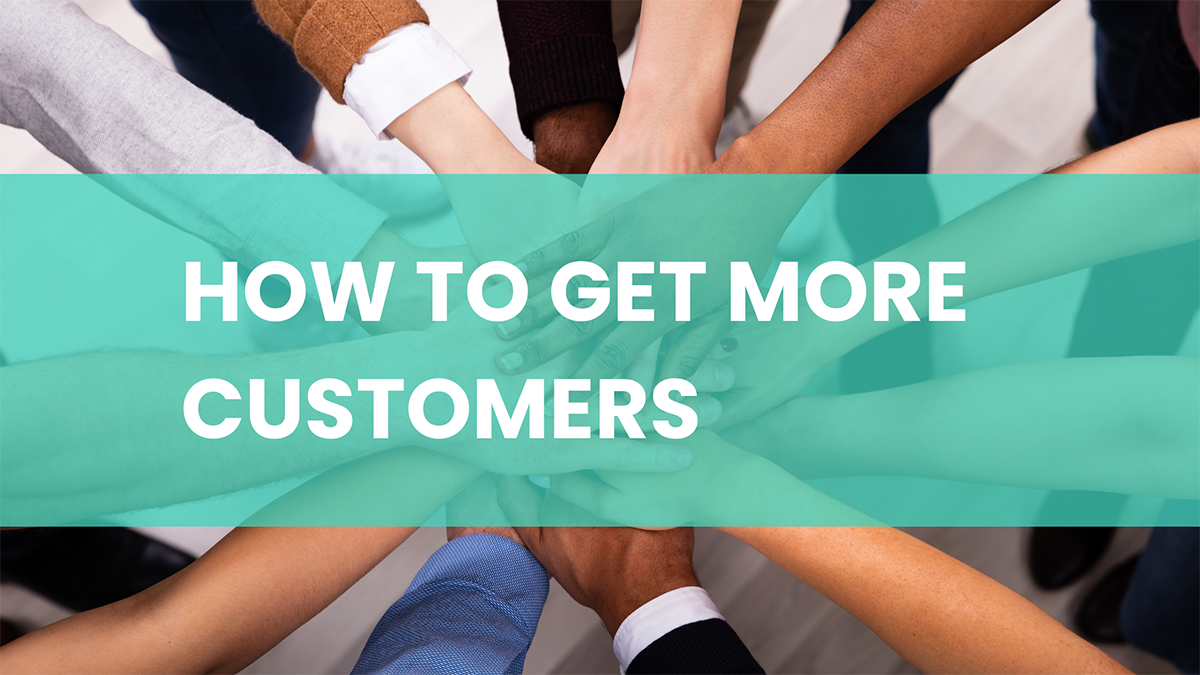
![How To Gain More Customers In A Small Business [PDF] Small Business Marketing Online 5 Steps To Getting More Customers](https://i.pinimg.com/originals/5d/d6/b7/5dd6b710a37d13fd177d7c51395779e5.jpg)

